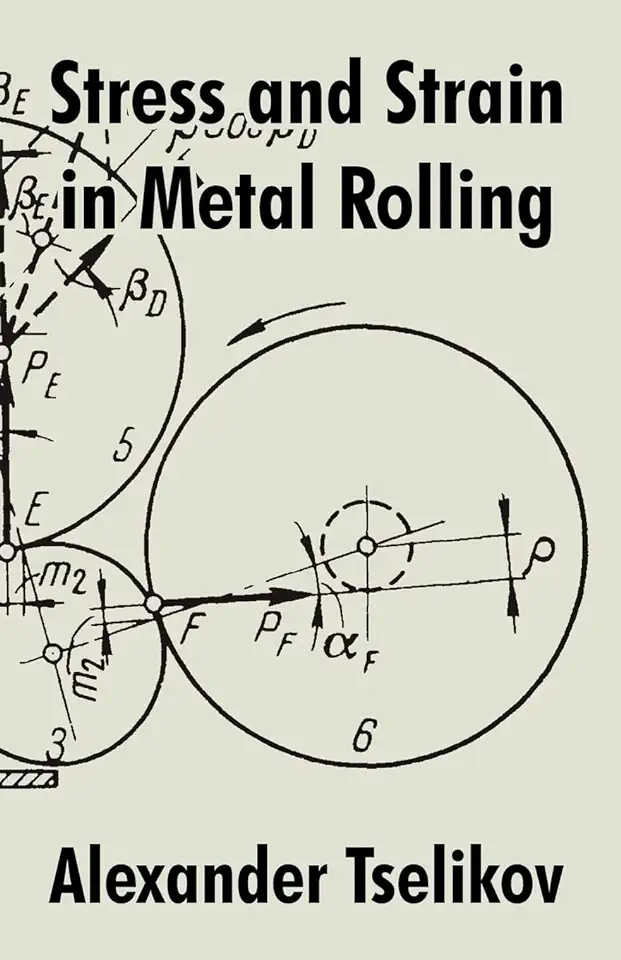
Stress and Strain in Metal Rolling - A. Tselikov
Stress and Strain in Metal Rolling: A Comprehensive Guide
Introduction
In the realm of metalworking, understanding the intricate relationship between stress and strain is paramount to achieving optimal material properties and ensuring structural integrity. This comprehensive guide, authored by the renowned expert A. Tselikov, delves deep into the complexities of stress and strain in metal rolling, providing a wealth of knowledge and practical insights for engineers, metallurgists, and industry professionals.
Unveiling the Mechanics of Metal Rolling
Metal rolling, a fundamental process in metalworking, involves passing metal through a series of rollers to reduce its thickness and alter its shape. This transformative process induces complex stress and strain patterns within the metal, significantly influencing its mechanical properties and overall performance.
Exploring Stress and Strain Phenomena
The book meticulously examines the various types of stress and strain encountered during metal rolling, including tensile stress, compressive stress, shear stress, and plastic strain. Each stress and strain component is thoroughly explained, along with its impact on the material's behavior and properties.
Mastering Stress and Strain Control
A key aspect of metal rolling is effectively controlling stress and strain to achieve desired material characteristics. This comprehensive guide provides practical strategies for optimizing rolling parameters, such as roller geometry, rolling speed, and temperature control, to minimize adverse effects and ensure the desired material properties.
Advanced Techniques and Applications
Beyond the fundamentals, the book delves into advanced techniques and applications of stress and strain analysis in metal rolling. These include:
Numerical modeling: Harnessing computational tools to simulate stress and strain distributions, enabling accurate predictions of material behavior and process optimization.
Experimental techniques: Employing sophisticated experimental methods to measure stress and strain in real-time, providing valuable data for model validation and process improvement.
Microstructural analysis: Investigating the intricate relationship between stress, strain, and microstructure evolution, unlocking insights into material behavior at the microscopic level.
Real-World Case Studies and Applications
To solidify the theoretical concepts and practical strategies presented, the book showcases real-world case studies and applications from various industries, including automotive, aerospace, and construction. These case studies demonstrate the successful implementation of stress and strain control techniques, highlighting the tangible benefits and improvements achieved in material properties and product performance.
Conclusion
"Stress and Strain in Metal Rolling" stands as an indispensable resource for engineers, metallurgists, and industry professionals seeking to master the complexities of metal rolling. With its comprehensive coverage of stress and strain phenomena, practical strategies for process optimization, and insightful case studies, this book empowers readers to unlock the full potential of metal rolling and achieve卓越的材料性能和产品质量。